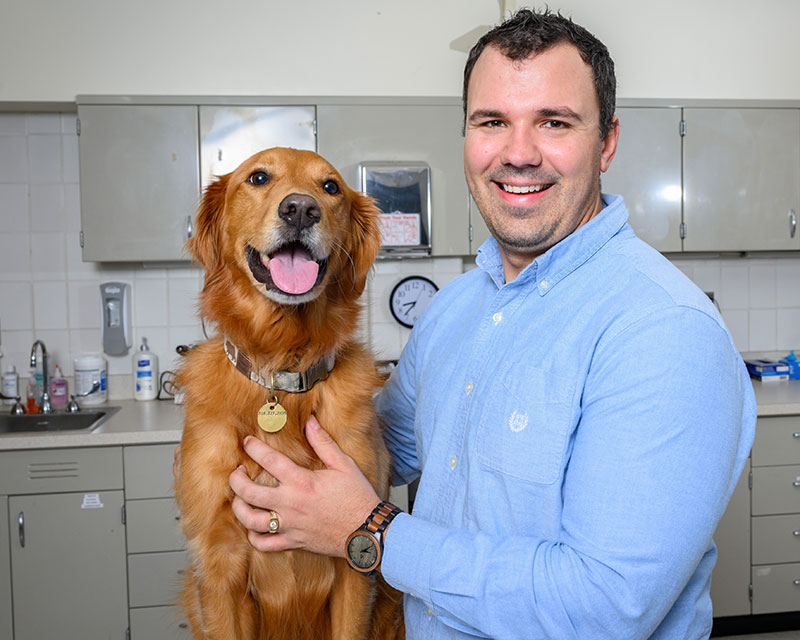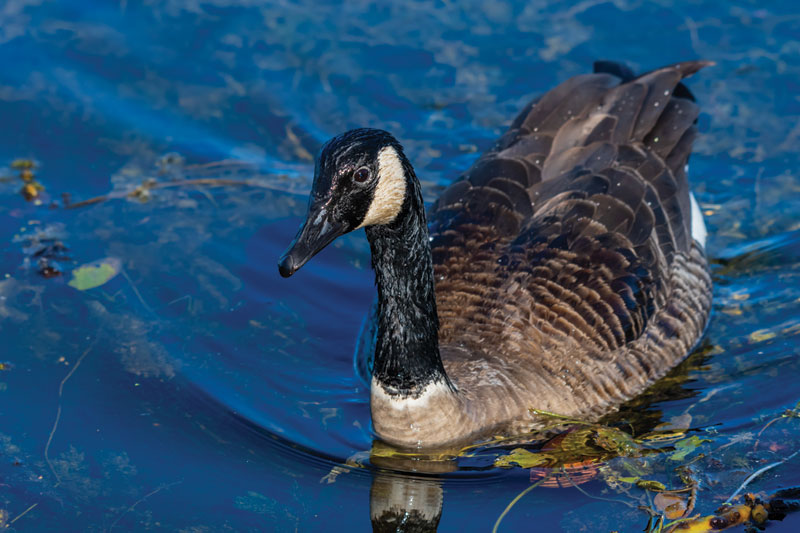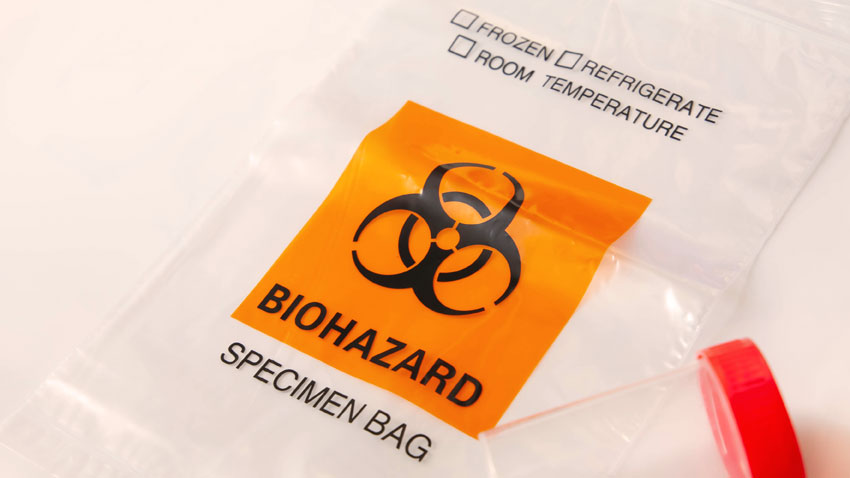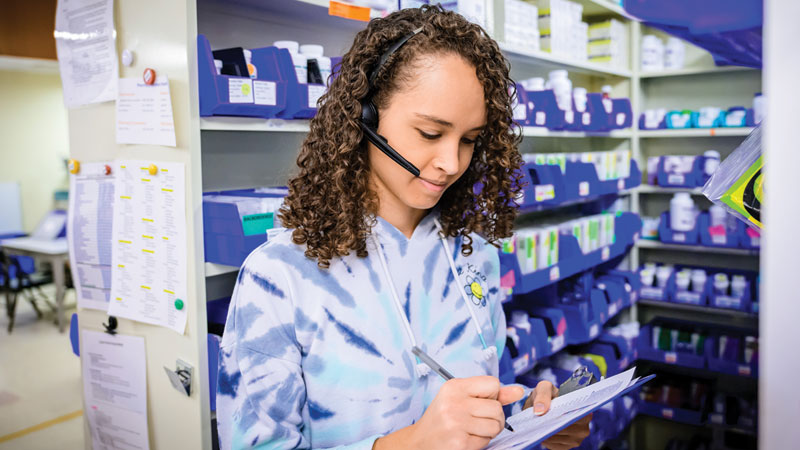Dr. Todd Marlo is a clinical assistant professor in the ophthalmology service
Tell us about your background.
I am originally from Marion, Ill., and did not know that I wanted to be a veterinarian until my senior year of high school. However, as with all my career decisions, once made I became laser focused. I graduated early from Southern Illinois University and became part of the inaugural class for the new integrated curriculum at the University of Illinois. Following graduation, I did a rotating small animal internship at the University of Missouri, then stayed on for a comparative ophthalmology residency. Prior to coming to the University of Illinois, I was the sole ophthalmologist in a private practice clinic in Chattanooga, Tenn.
What draws you to ophthalmology?
I am unique in that through veterinary school, I never would have thought that I would be an ophthalmologist. Originally, I was going to be a mixed animal practitioner back in Southern Illinois. I was encouraged to pursue an internship in small animal medicine and surgery by my mentor during my fourth year of veterinary school. Had it not been for a series of timely events, I would have never even thought about specializing. During my internship, my original goal was to explore being a cardiologist. However, I found myself struggling with electrocardiograms and understanding echoes. The ophthalmology light did not turn on for me until I rotated through that service at Missouri. After that, I found myself enjoying reading all of the research articles and textbooks. I discovered that ophthalmology “clicked” for me. I have had no regrets since and truly enjoy my job every day.
Tell us about a favorite case of yours.
I have been a part of many interesting cases. One of the cases that I remember most was dealing with an elephant that had an anterior lens luxation. This case was so interesting because different specialists, from ophthalmologists to anesthesiologists to zoo/exotic veterinarians, were all involved. Ultimately, we decided to push the lens into the posterior chamber, which had to be performed manually with me standing on a ladder! Everything went well. I use this case as an example to show veterinary students that even though we may be learning about lens luxation in dogs, the same principles apply for a wide variety of species.
What are your special interests outside of the clinic?
My wife and I enjoy going to the wineries back in Southern Illinois and traveling. We have several international trips planned this year. Additionally, I am an avid outdoorsman with my family and friends.




